To reduce costs, many people build their own greenhouses. That way, you can get exactly what you want. But what if you really don't have the time, or the ability, to build your own?
From Mother Earth News, an article about all the finer points of choosing a greenhouse kit.
People who love gardens also love greenhouses. The best backyard greenhouses
feed the need to dirty our fingers while the rest of the garden is dormant. Even
a small greenhouse can provide effective season extension by jump-starting
seedlings in spring. When managed properly, a greenhouse is a backyard oasis
that yields fresh food year-round.
If a lack of construction skills is keeping you from building a greenhouse,
consider a kit. The best greenhouse kit is one that fits your needs and your
pocketbook. Kits are easier than building from scratch and don’t require as much
building experience (although it certainly helps to have a DIY attitude when
you set out to build your own greenhouse, even from a kit).
Shopping for Your Best Greenhouse Kit
Local Regulations. Start by researching required permits,
zoning, setbacks, underground utilities and other requirements for your area.
Some localities demand a certain type of foundation. A greenhouse attached to
your home will likely face more stringent requirements than a free-standing
greenhouse. In some places, greenhouses are regulated under a “storage shed”
designation. Consider size carefully, as you may be able to avoid many
regulations by simply settling for a small greenhouse.
Site. Your greenhouse site must have adequate light — six
hours of uninterrupted sun on a clear day. You may have to trim or remove a tree
to create more light for your chosen location. Also, consider access to water.
Is there a nearby hose bib to provide water, even in winter? Some gardeners add
gutters and an interior rain barrel to their backyard greenhouses for a winter
water source. Electricity can power heating, lighting and ventilation, so keep
an accessible power source in mind, too.
Vendors. Check companies carefully — even a small greenhouse
is a big investment, and you should feel comfortable with the supplier. Don’t
be afraid to ask questions, such as:
• How long has the company been in business?
• How many kits has it sold?
• Does it manufacture the kits or simply resell them?
• How extensive is the warranty?
• What technical help can the company provide?
• How is the greenhouse shipped and packaged?
• What is the cost of shipping?
You might add other questions to this list. If you have minimal building
experience, read a copy of the kit’s manual beforehand to make sure it’s
understandable to you. If you’ll be building the kit on weekends, ask whether
someone from the company will be available to answer questions on Saturdays and
Sundays. You may want to see demonstration photos or videos of the kit’s
construction before committing to buy. Tech support may be limited if greenhouse
kits are not the company’s specialty but just one of many products it
sells.
Read more: http://www.motherearthnews.com/diy/best-greenhouse-kit-zm0z13amzmar.aspx#ixzz2SFLa2VZh
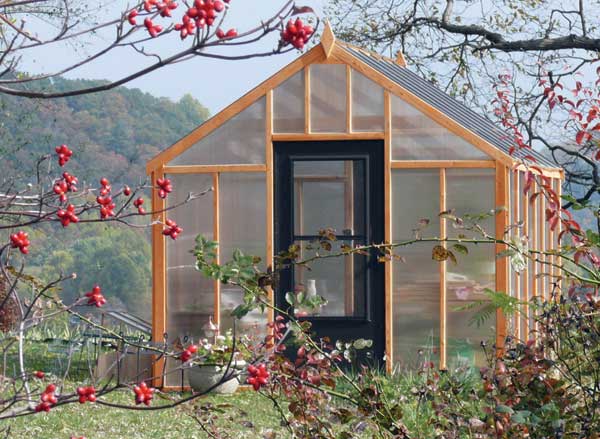
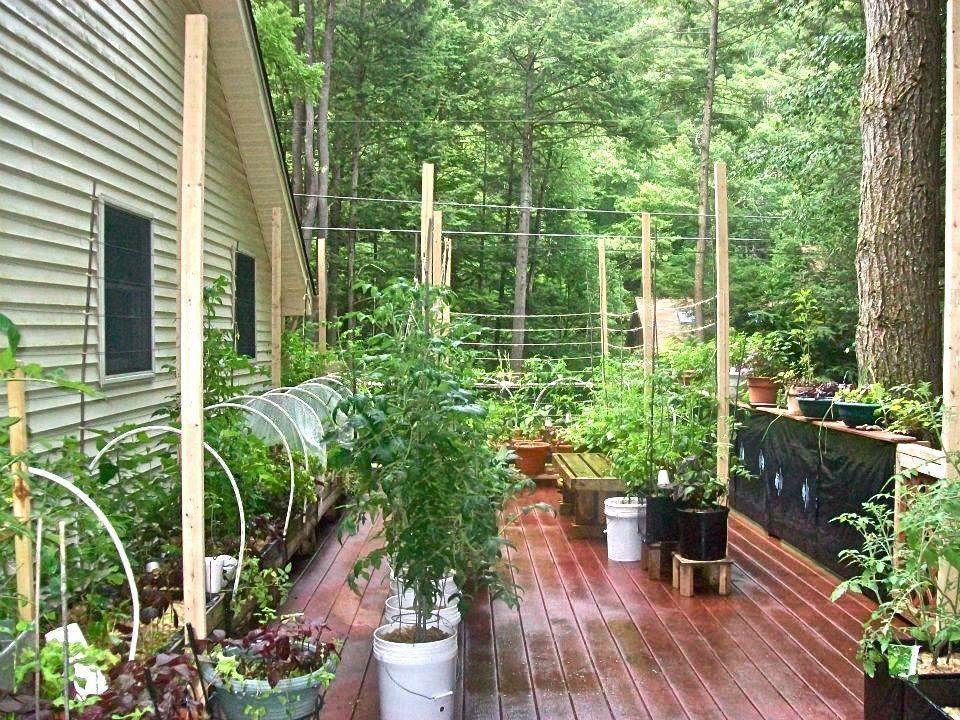
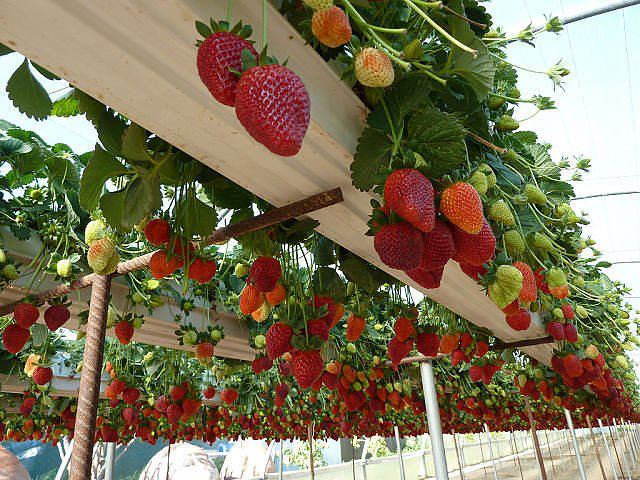
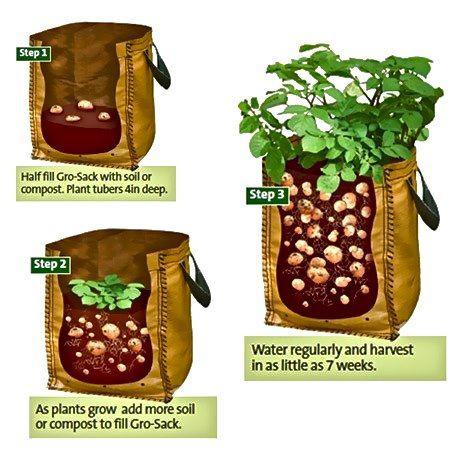
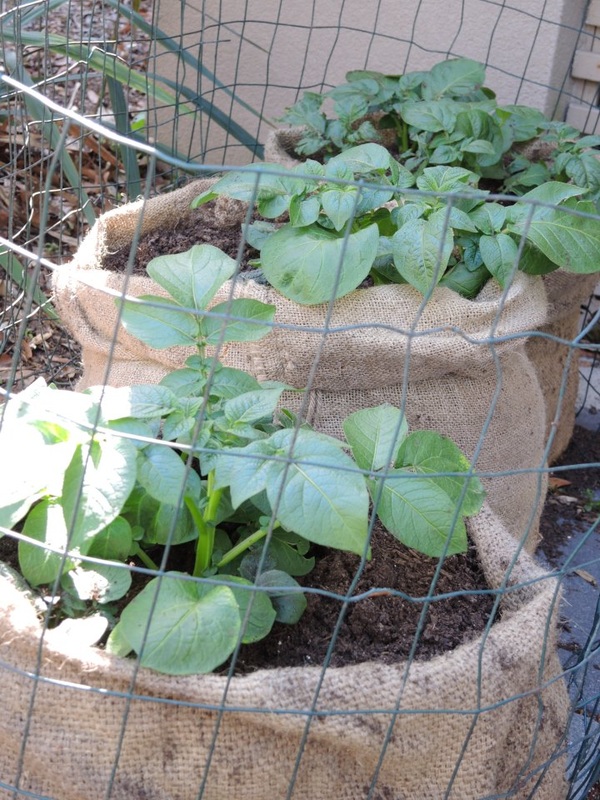
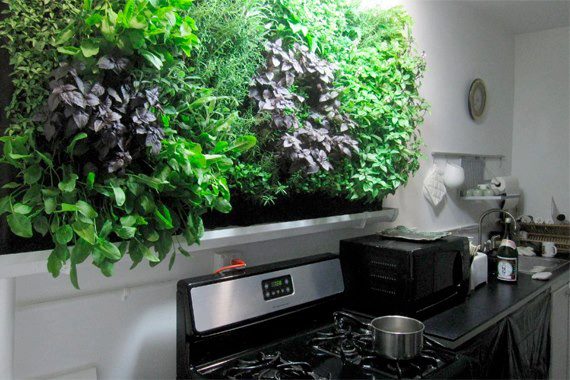
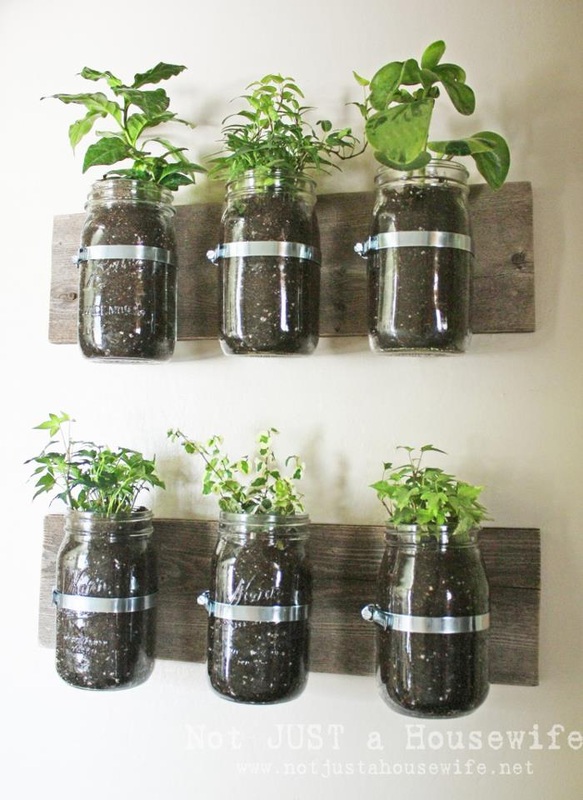
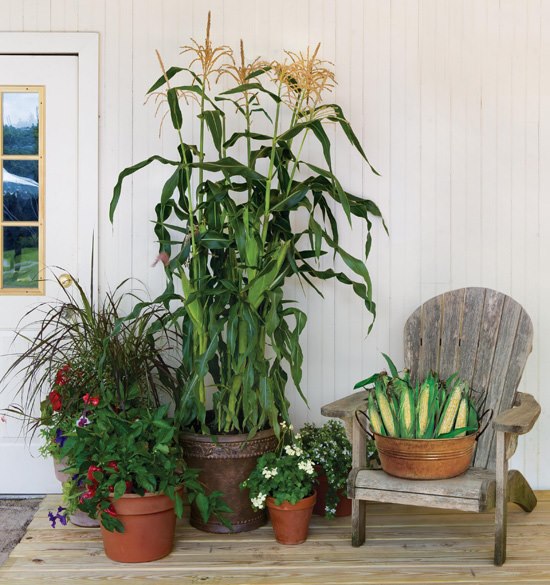

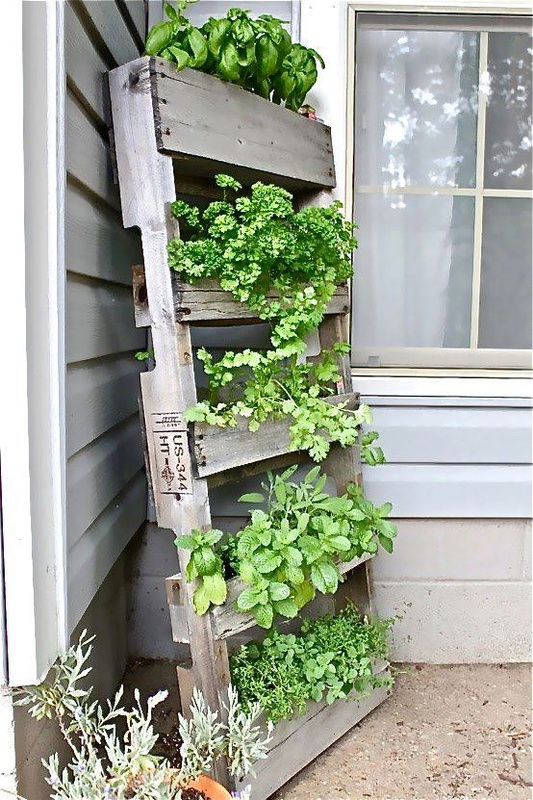
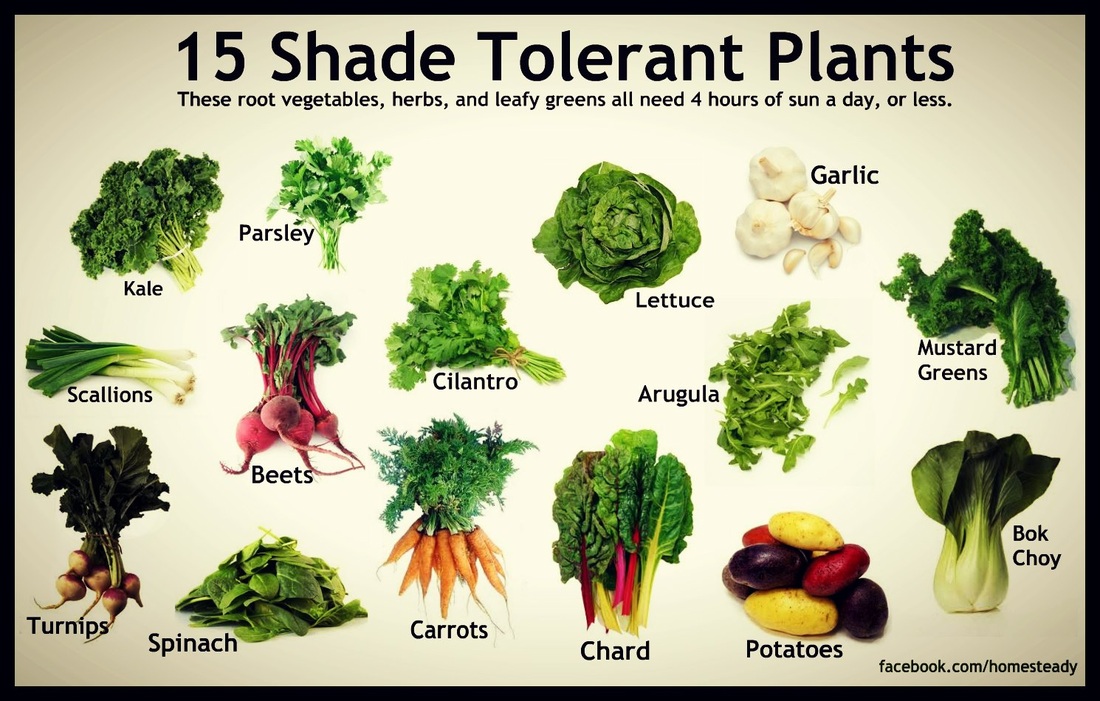


 RSS Feed
RSS Feed